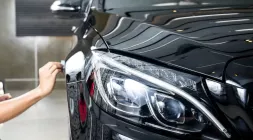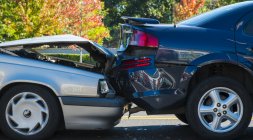Dot 3 and Dot 4 Brake Fluid Differences
One common subject that confuses new owners is the difference between Dot 3 and Dot 4 brake fluid.
One of the vital maintenance procedures that every car owner should abide by is maintaining the engine fluids. There are a lot of activities and processes taking place in your engine.
Once you start your vehicle, the engine gets to work to make the entire machine do as you please. Each of the liquid elements running in the car engine has dedicated purposes. This is why you shouldn’t just tinker with them if you have little to no knowledge. One common subject that confuses new owners is the difference between Dot 3 and Dot 4 brake fluid.
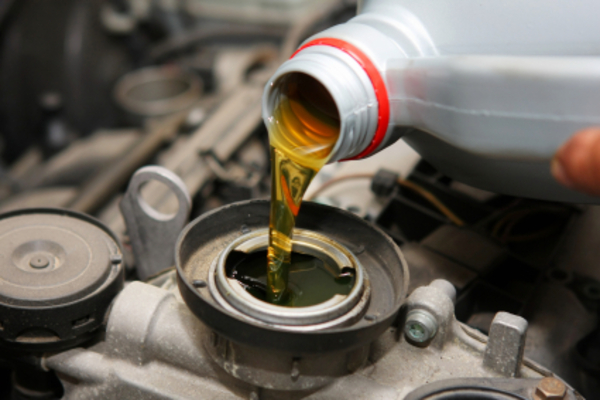
One of the vital maintenance procedures that every car owner should abide by is maintaining the engine fluids
Just like the other fluids in the vehicle, this also has an important job to do. That means you need to make sure that there is enough brake fluid in your vehicle. If not, you may be faced with a terribly, heart-racing problem. This article from Philcarnews.com will tackle everything you need to know about Dot 3 and Dot 4 brake fluids.
What is the Brake Fluid?
Car fluids are important components that all vehicles have. This is regardless if you’re driving a car, a motorcycle or a truck. One of them is the brake fluid. Its responsibility is to make the components of the braking system in your vehicle move. As a general knowledge, the braking system’s responsibility to slow down the vehicle.
This action can be triggered by stepping on the brake pedal. Every time you do this, the brake fluid triggers the pistons to create pressure against the rotors. The pressure applied to the rotors then slows the vehicle down.
Brake fluid, however, is always subject to heat. But it can only take so much of this before it actually boils. Once it does start boiling, the fluid will begin to have air bubbles. This will then make the liquid compressible.
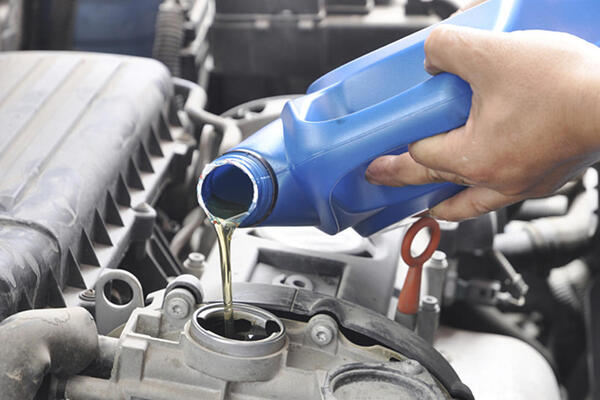
Car fluids are important components that all vehicles have
You may think that’s a good thing, but brake fluid shouldn’t be compressible. Why so? It’s because if you have brake fluid with bubbles, pressing the brake pedal will make the air compress.
Your vehicle will require a longer amount of time to slow down and stop. If it is severely overheated, the vehicle may fail to respond. No matter how hard you press on the brake pedal, the air will keep compressing.
>>> Related: Car Owners: Never Ignore Brakes and Tires
The Most Distinguishable Differences Between Dot 4 and Dot 3 Brake Fluid
There are two types of brake fluids commonly used by automakers and auto manufacturers. These are the Dot 3 and Dot 4. To get a better idea of these two brake fluids, here are their differences.
1. Boiling Point
Dot 3 brake fluids have a lower boiling point compared to Dot 4 fluids. If you have a habit of breaking heavily, Dot 3 brake fluids will boil faster. This means that you may experience problems with your brake faster. That is, of course, if the brake fluid in your vehicle is a Dot 3 type.
In terms of dependability, especially if you like to do a lot of heavy braking, Dot 4 is suggestible. This is best for vehicles who are out on the road every now and then. But if you don’t think you do a lot of harsh braking, the Dot 3 should suffice.
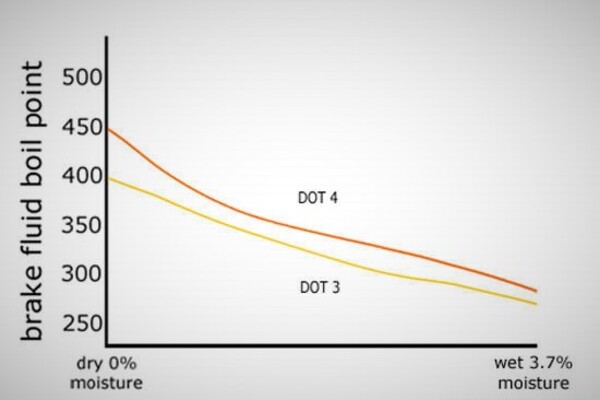
Boiling point is one of the most distinguishable differences between Dot 4 and Dot 3 brake fluid
2. Chemical Components
Dot 3 brake fluids are usually made from polyalkylene glycol and ether. These two elements are mixed to make most of the Dot 3 brake fluid in the market. This can handle average heat conditions and even wet conditions as well.
Dot 4 brake fluids, on the other hand, is made from glycol and borate. These two ingredients combined make brake fluid that’s more stable. It can also handle higher temperatures as we said earlier.

Dot 4 and Dot 3 brake fluid are made of different chemical components
3. Car Types
Most average economy vehicles will usually be filled with DOT 3 brake fluids. These vehicles will usually require minimal stopping force. Also, the driver may not have to step on the brakes so aggressively every now and then. That means if you drive a loaded truck and drive on slopes, Dot 3 brake fluids may not suffice.
Dot 4 brake fluids may be more advisable in this case. Aside from trucks, you may also find Dot 4 brake fluid in motorcycles, race cars and the likes. But regardless of what anyone would tell you, stick to the manufacturer’s recommendations as much as possible.
4. Boiling Capacity
Most Dot 3 brake fluids have two properties. They have the good wet and dry boiling capacity. To put simply, the fluid works well even when exposed to open air and water. Dot 4 brake fluids are best in terms of dry boiling capacity. In terms of wet boiling capacity, the Dot 4 doesn’t do so well.
>>> Related: 10 steps to master and take as soon as the car brake fails
Changing Your Vehicle’s Brake Fluid
A lot of people believe that brake fluid is fine without being changed. That, however, is completely wrong. Just like the typical engine oil, your brake fluids also need to be changed.
Over time, this fluid will attract impurities until it can no longer do its job properly. To prevent problems with the brakes, you will need to perform occasional brake fluid flush. You can look up the brake fluid flush intervals in your owner’s manual.
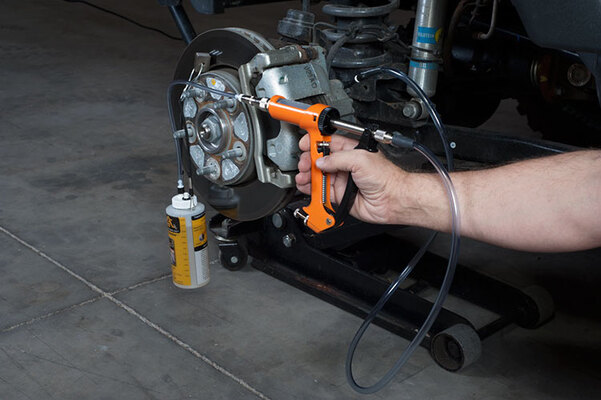
To prevent problems with the brakes, you will need to perform occasional brake fluid flush
Occasionally flushing your brake fluid is an important step when replacing the old brake fluid. We won’t lie. The procedure is a bit trickier compared to changing the engine oil. But you can always have an expert do it.
You can also check your manual on how to do it properly. There are also occasions when your brake fluid can drop because of worn-out brake pads. The brake fluid reservoir will have labels that say “FULL” and “ADD” or “MIN” and “MAX”.
This could depend on the manufacturer. If your brake fluid goes up to the “MIN” level, that means it needs a top off. But before filling in some extra braking juice, check the current fluid first. If there are too much junk and debris, you’ll need to change it.
If you're not sure which brake fluid to fill it with, check the filler cap. It will usually have “DOT 3” or DOT 4” embossed to it.
RECENT ARTICLES



